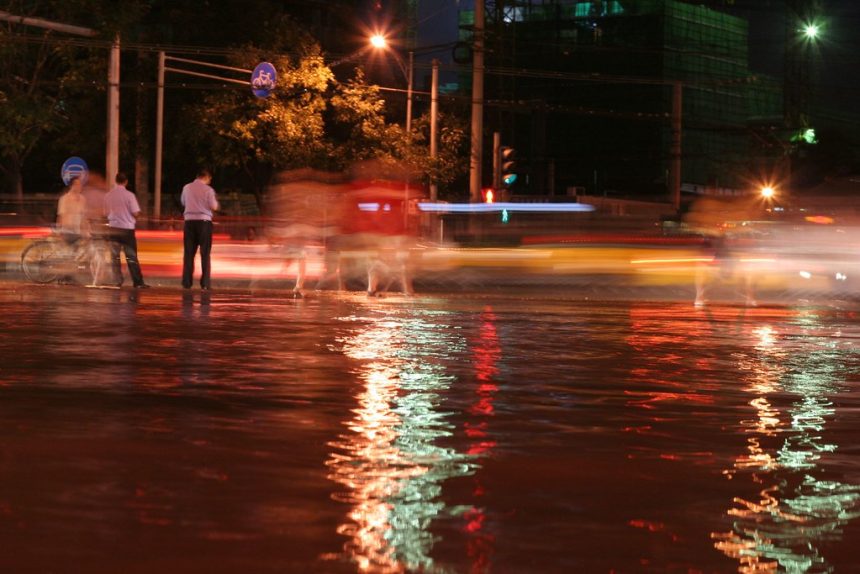Record Rainfall Triggers Deadly Flooding
Between the weekend and Monday, Beijing’s northern districts—particularly Miyun and Yanqing—were deluged by up to 543 mm of rain—almost a full year’s worth in just days. This triggered flash floods, landslides, and catastrophes across mountainous terrain, causing widespread devastation. As of early Tuesday, authorities confirmed at least 30 deaths in Beijing (28 in Miyūn, 2 in Yanqing), with additional casualties from surrounding Hebei province pushing the total to at least 34 fatalities.
Tens of Thousands Flee Homes for Safety
Beijing officials evacuated over 80,000 residents, including around 17,000 in Miyun district, within flood-affected zones. In nearby Tianjin and Hebei, thousands more were relocated as emergency responses expanded. Authorities shut down schools, halted construction, and suspended tourism amid a top-level emergency declaration.
Infrastructure Hit Hard and Power Disruptions Widespread
Floodwaters and landslides damaged over 30 roads, uprooted trees, and disabled communication lines in more than 130 villages, particularly across Miyun, Fangshan, and Huairou districts. Power outages in remote communities exacerbated rescue efforts and complicated coordination of relief operations.
Leaders Mobilize Emergency Response
President Xi Jinping ordered an “all-out” search-and-rescue mission across Beijing and neighboring province regions. Premier Li Qiang joined the response, demanding escalation of rescue and relief efforts, especially in Miyun. Emergency funds amounting to 50 million yuan (≈ US $7 million) were allocated to support recovery in Beijing and Hebei.
Forecast and Climate Implications
Meteorological authorities forecast continued extreme rainfall through Tuesday and Wednesday, raising concerns about prolonged flooding and landslide risks. Scientists highlight that Beijing’s basin-like topography traps humid airflow, intensifying precipitation—a pattern worsened by climate change trends.
What to Expect Next
- Extended emergency protocols remain active, with authorities urging residents to stay indoors.
- Massive cleanup and infrastructure repair efforts are underway across affected districts.
- Rehabilitating communications and restoring power to rural areas remains a priority.
- Flood resilience planning and early-warning systems are under review to prevent future disasters.
Final Take
China’s capital region is grappling with one of its worst flood emergencies in years—marked by record-breaking rainfall, tragic loss of life, and mass displacement. As rescue operations continue, the crisis underscores urgent challenges in infrastructure, climate adaptation, and disaster preparedness in China’s rapidly urbanizing corridors.










